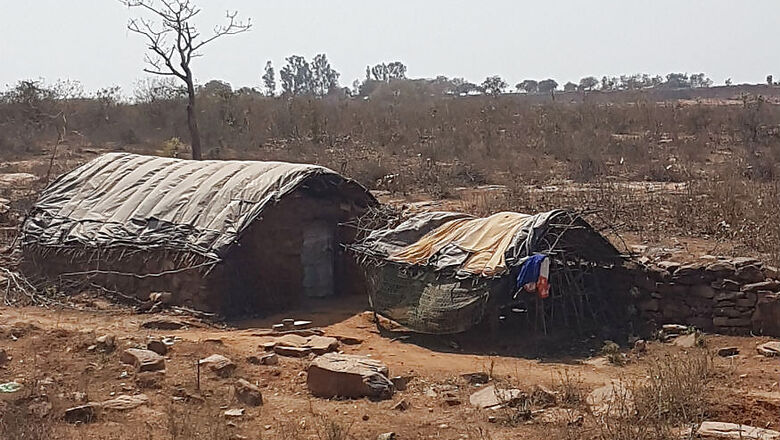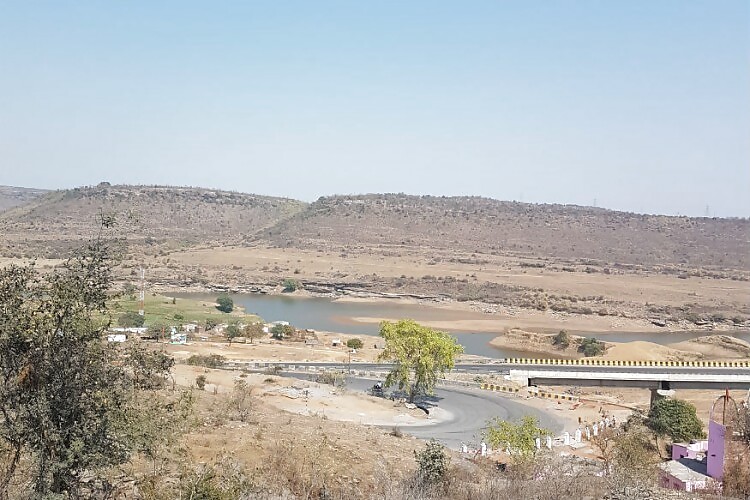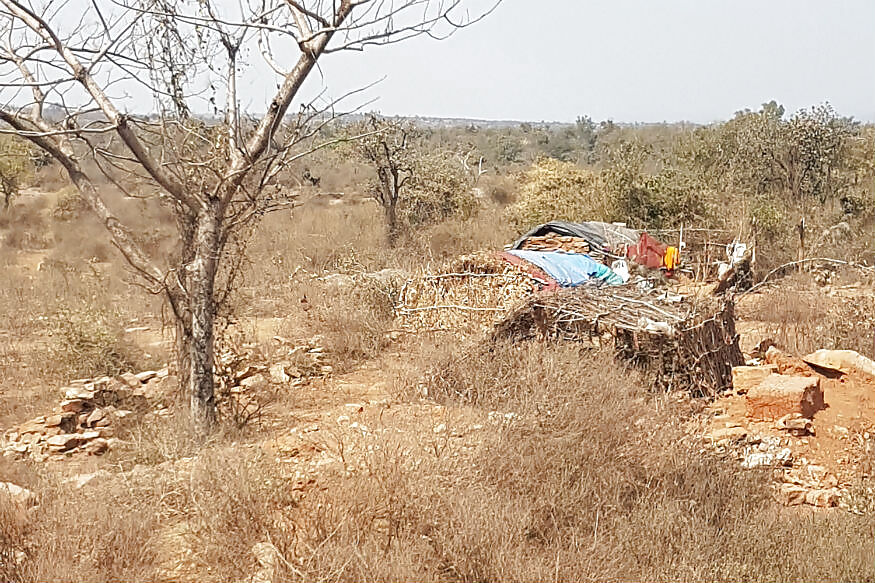
views
Roberstganj (Sonbhadra district): Ramesh (name changed) is like any other lanky farmer, working on a small patch of land. It is impossible to tell from his lean frame that a few years ago, he was an armed rebel with a reward of Rs 50,000 on his head. And yet, this 30-year-old Adivaasi farmer near Roberstganj in Sonbhadhra district, recalls how after a string of caste abuses, he was sucked into the Naxal movement at a young age.
“The year was 2002,” he recalls, “and I was just like any other 15-year-old from a poor family. My father was a landless farmer so it was a life-changing event for us when our landlord, a good man, gave us a small patch of land to call our own. Unfortunately, that patch of land was surrounded on all four sides by land belonging to the Yadav strongmen of the village.”
One day, as he was on his way to the farm, Ramesh’s father was allegedly beaten by these strongmen. “My father took the abuse and decided to go back the next day. Since our land was surrounded by theirs, he was not allowed to go. We approached our landlord, we approached the authorities but nobody could help us. Eventually, the strongmen took control of our land by force.”
Their hard-won land being taken away, he says, was the last straw. Ramesh’s brother, ten years his elder, was the first to take up arms.
“The Naxalite had networks inside the village. They heard about what happened and approached my brother. He was angry so he decided to join them. Soon after, I followed.”

Photo: Uday Singh Rana/News18
The Naxalites, he revealed, worked like a well-oiled machine. Ramesh and his brother, who was killed in gunfighting a few years later, even earned a stipend of Rs 3,500 each a month. For two boys from a landless tribal family, it was a princely sum.
“With the Naxalites, we earned respect that we had never received from the upper castes in the village. And there was a strict code to be followed. We were told not to target the poor and the dispossessed. We only targeted the police and the rich. Every week, we would hold meetings inside forests, far from the eyes of the police. We would ask locals what their problems were and try to solve them. In return, villagers provided us with logistical support.”
Ramesh’s story is by no means an exception. Hundreds of children like him had reportedly become ‘child soldiers’ during the period of violence. Sonbhadra is often referred to as the ‘energy capital of India’. The National Thermal Power Corporation (NTPC) alone has three coal-based power plants in the district. There are four other major power plants.
According to the Sonbhadra district website, these power plants have a production capacity between 300 to 3,000 megawatts. The presence of limestone, coal, aluminum and abundant water makes it ripe ground for industrialization. Yet, Sonbhadra remains one of the poorest districts in Uttar Pradesh.
AB Shah, president of Ghorawal Children’s Welfare Association, says that between 1995 and 2008, when the Naxalite movement was at its peak, approximately 25% children stayed out of school.
“Most children chose to drop out because the Naxalites had gotten active. Some were recruited by the Naxalites and others were kept at home by their parents. Joining the Naxalites was an easy way out of poverty for many. Those who dropped out and did not join the Naxalites worked as farm hands with their parents. As a result, an entire generation lost out on the benefits of education. None of them could get any jobs and sunk further into the cycle of poverty.”

Photo: Uday Singh Rana/News18
The situation continued till 2008 till one major development changed lives here – the mid-day meal scheme. Shah explains, “The violence continued up till 2008 but in 2007, we started seeing schools being constructed in each village. Roads were made to connect them. The mid-day meal scheme existed earlier as well but finally, it was being implemented rigorously on the ground. As a result, children started coming to school. They wouldn’t have to worry about their meals. Even today, children come till the mid-day meal is served and then run off. But at least it is keeping them in school for a while.”
Meanwhile, back at the farm, Ramesh wonders what could have been. “I regret taking the path of violence. Thoda padh-likh liye hote toh naukri lag jaati. (If I had studied a little bit, I could have gotten a job)”




















Comments
0 comment